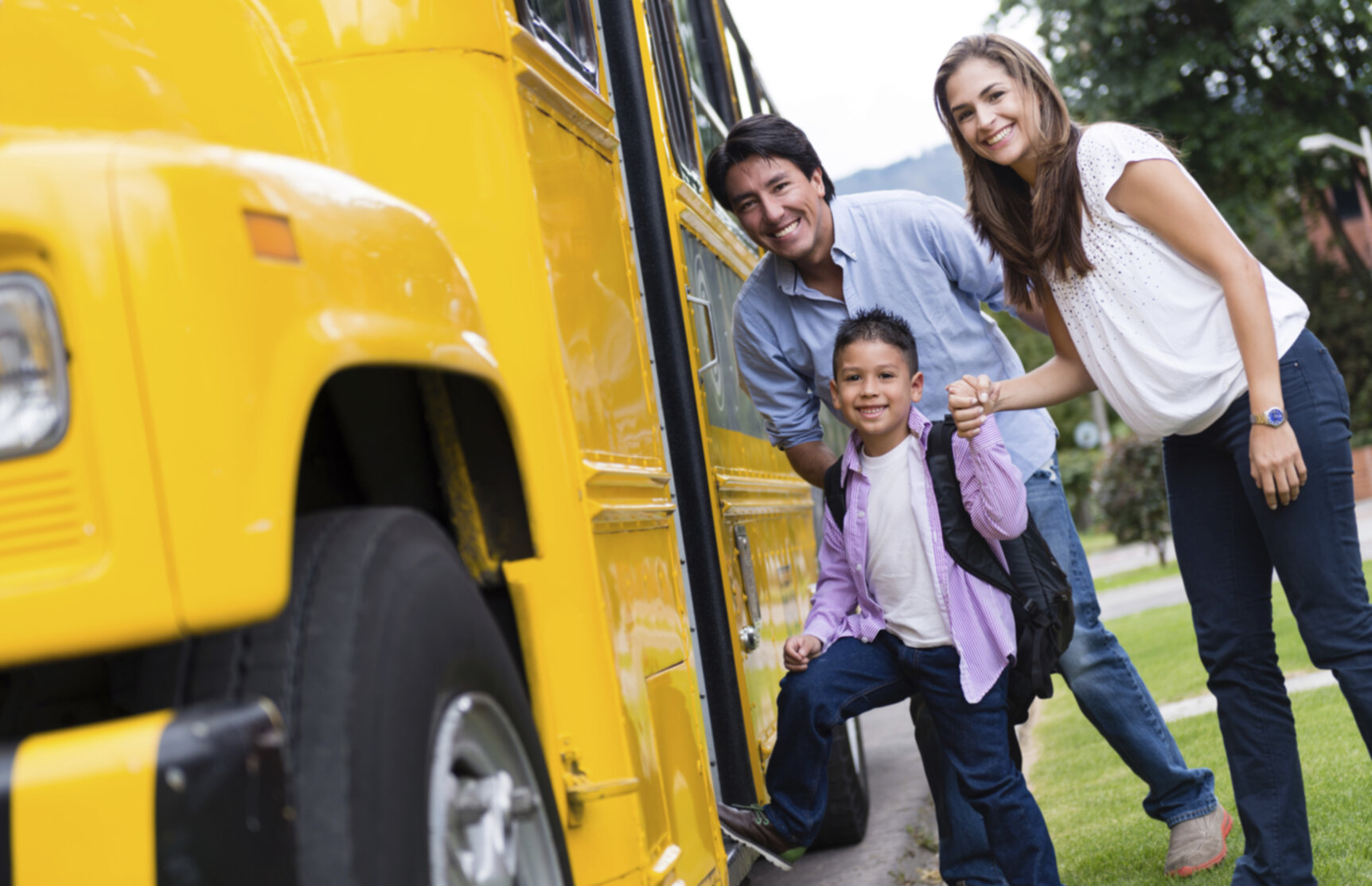 What is the New CA Roadmap for ELLs?
What is the New CA Roadmap for ELLs?

In its approval of what the state is calling the “new CA roadmap for ELLs,” on July 12, 2017, the California State Board of Education adopted innovative policy for educating the state’s 1.3 million English Language Learners, said the education coalition organization, Californians Together.
While fear-based and controversial anti-immigrant laws are swirling about at the national level, this new policy says the exact opposite in that it believes that the state’s greatest asset is, in fact, its diversity, said the article “California Can Lead the Country in English-Learner Education.” This is huge. California is now recognizing that biliteracy is one of the best ways to connect with the world at-large, it stated.
An article in Arcadia Weekly regarding this ground-breaking new direction that California is moving in, quoted Laurie Olsen, who is part of the team that developed the roadmap, when she said that it is, indeed, a historic moment. Essentially, the state has turned away from looking and educating ELLs as if they were deficits to now embracing them as assets. Olsen added that the previous approach was essentially marginalizing a large segment of society.
As the state says goodbye to an era, it’s giving a big hello to all of the different cultures and languages of the million-plus, public school students in California. This move boldly declares to the rest of the country what it means to honor and respect everyone, said Olsen. To implement the plan, the next step will be to develop and distribute web-based resources and materials to educators, school districts and pertinent state agencies.
One organization that’s been in-the-know about not only embracing and guiding Hispanic children and youth in California but throughout the country is the Latino Family Literacy Project. The Project is a terrific parent involvement program that assists parents and caregivers in establishing a regular, at-home reading routine using bilingual books. The program helps kids in improving their English and often parents’ English, too. Teachers can attend a one-day, program training at a workshop near them or via an online webinar.
